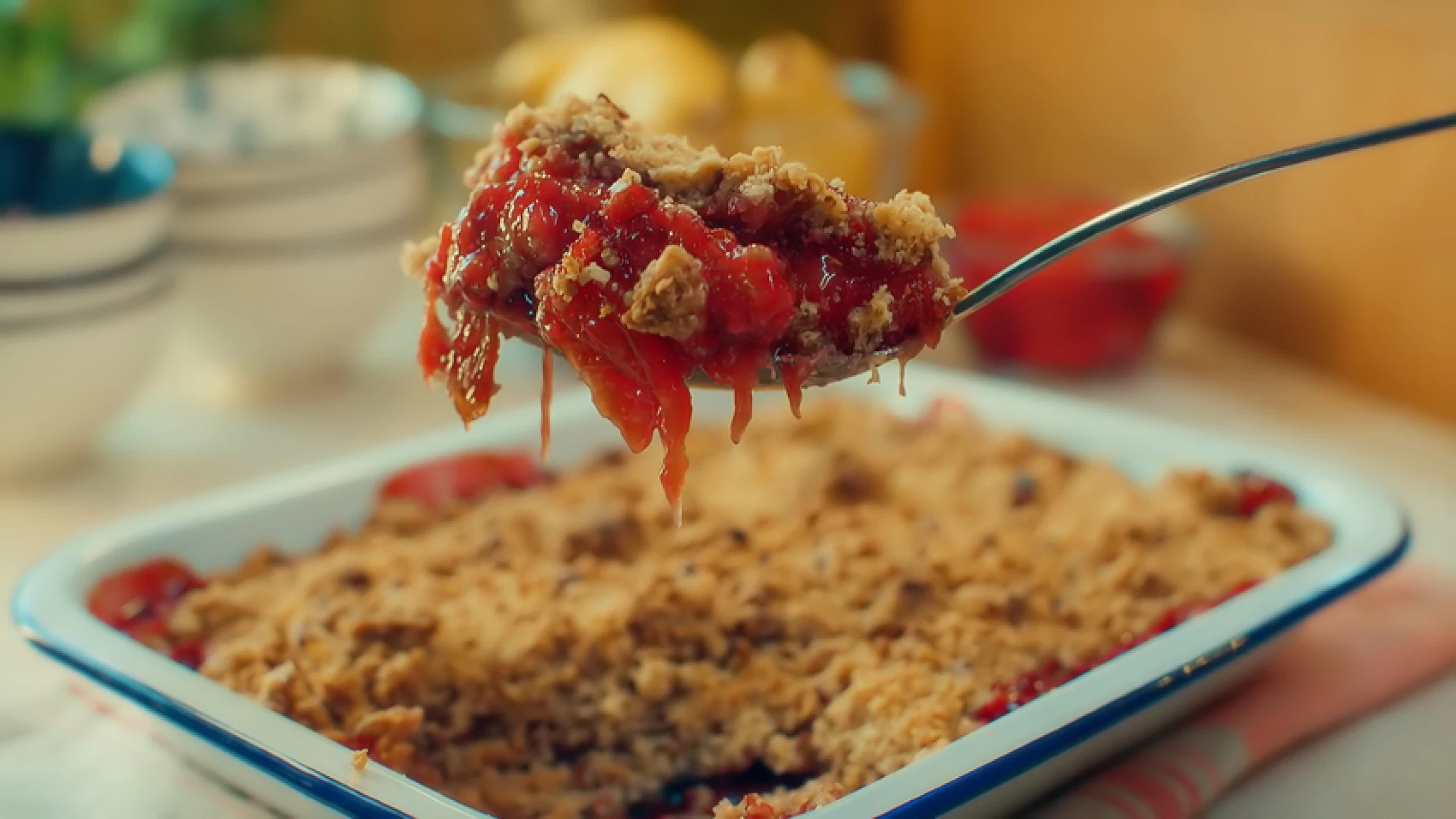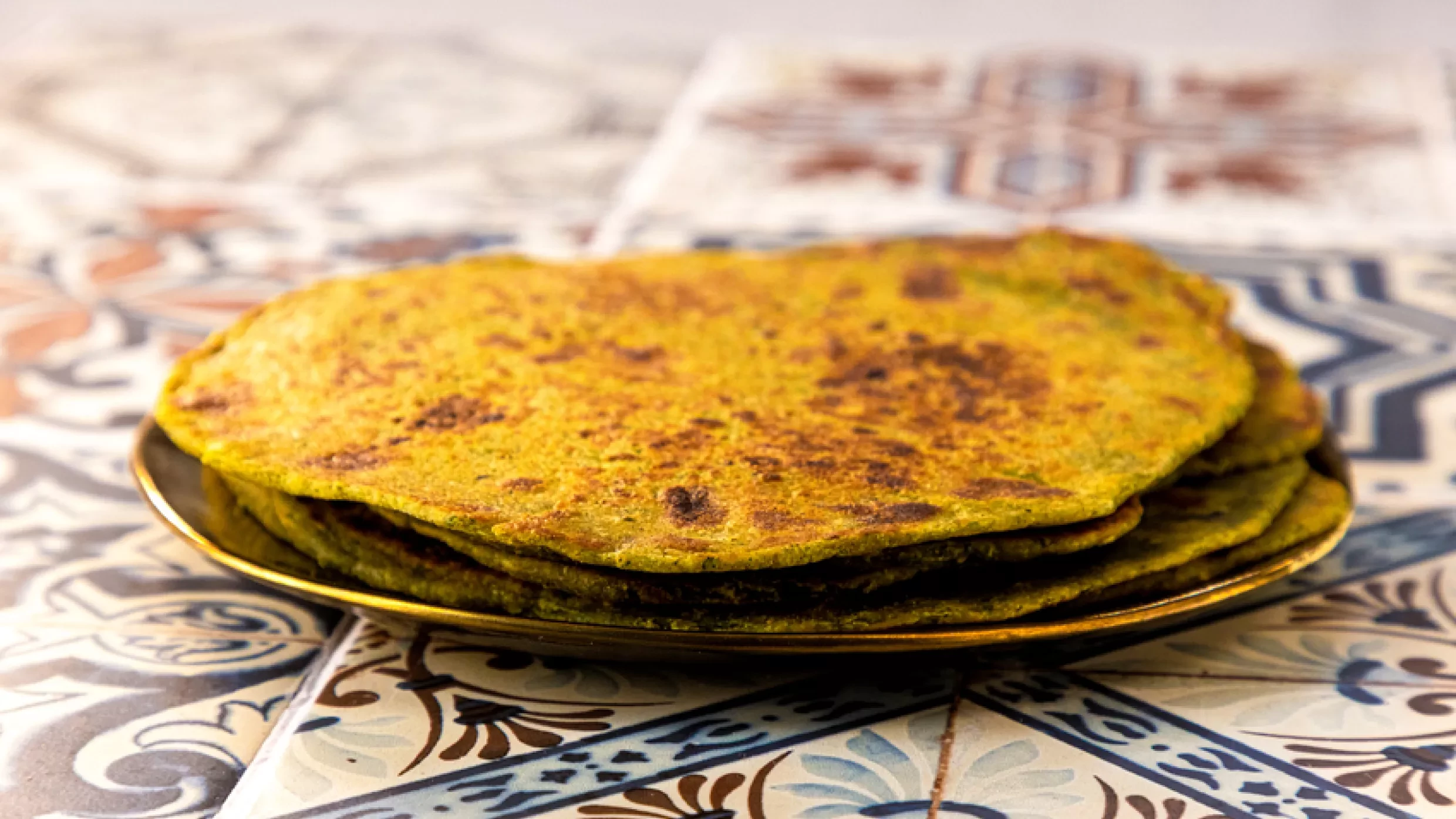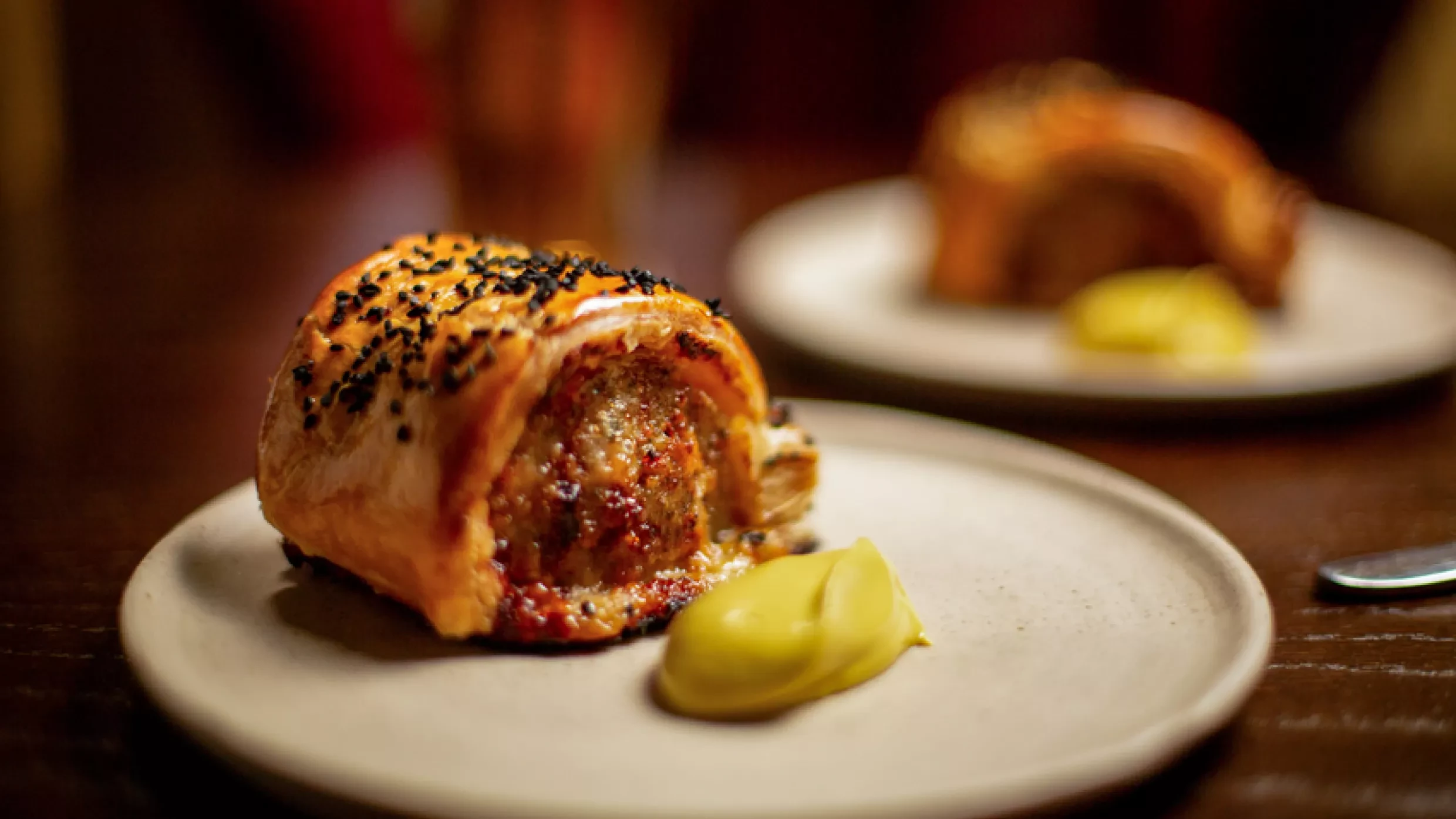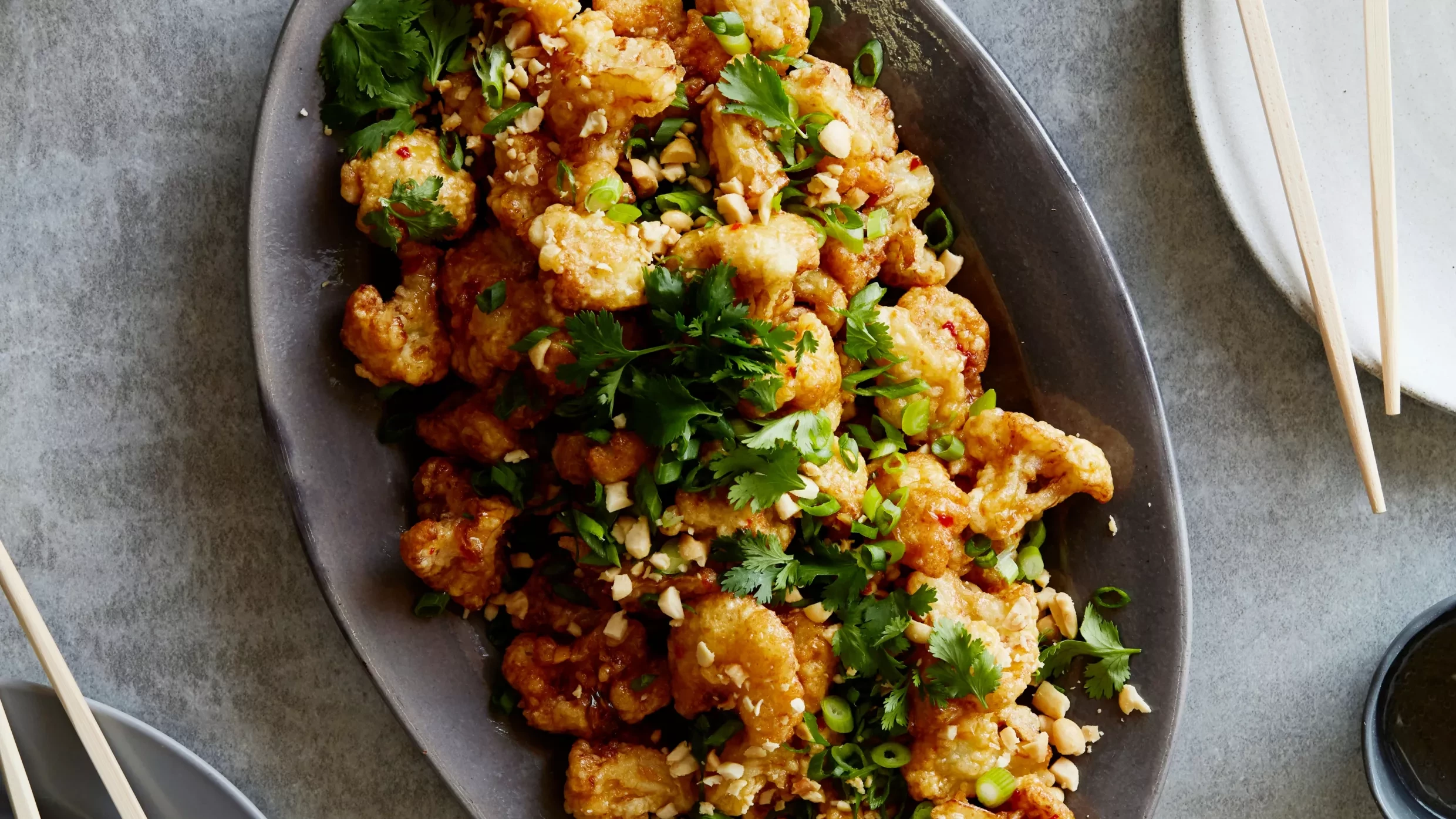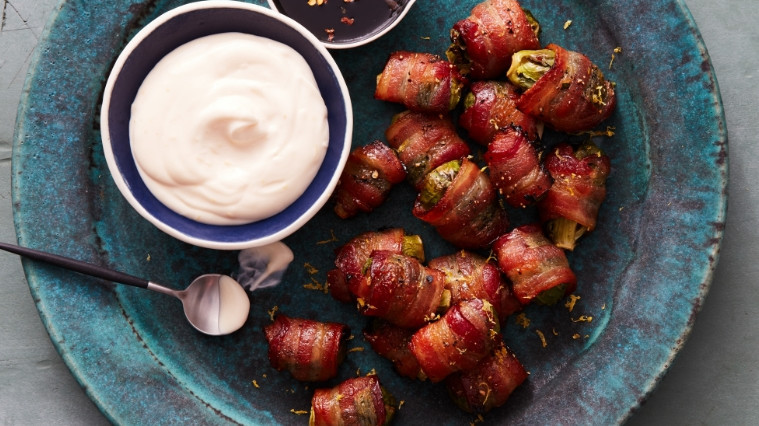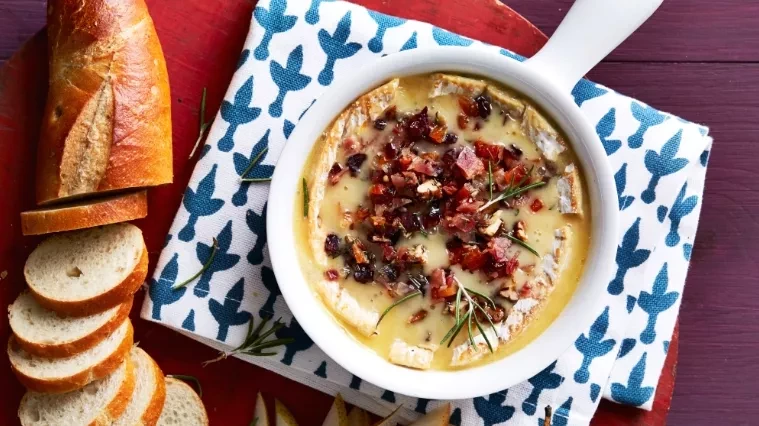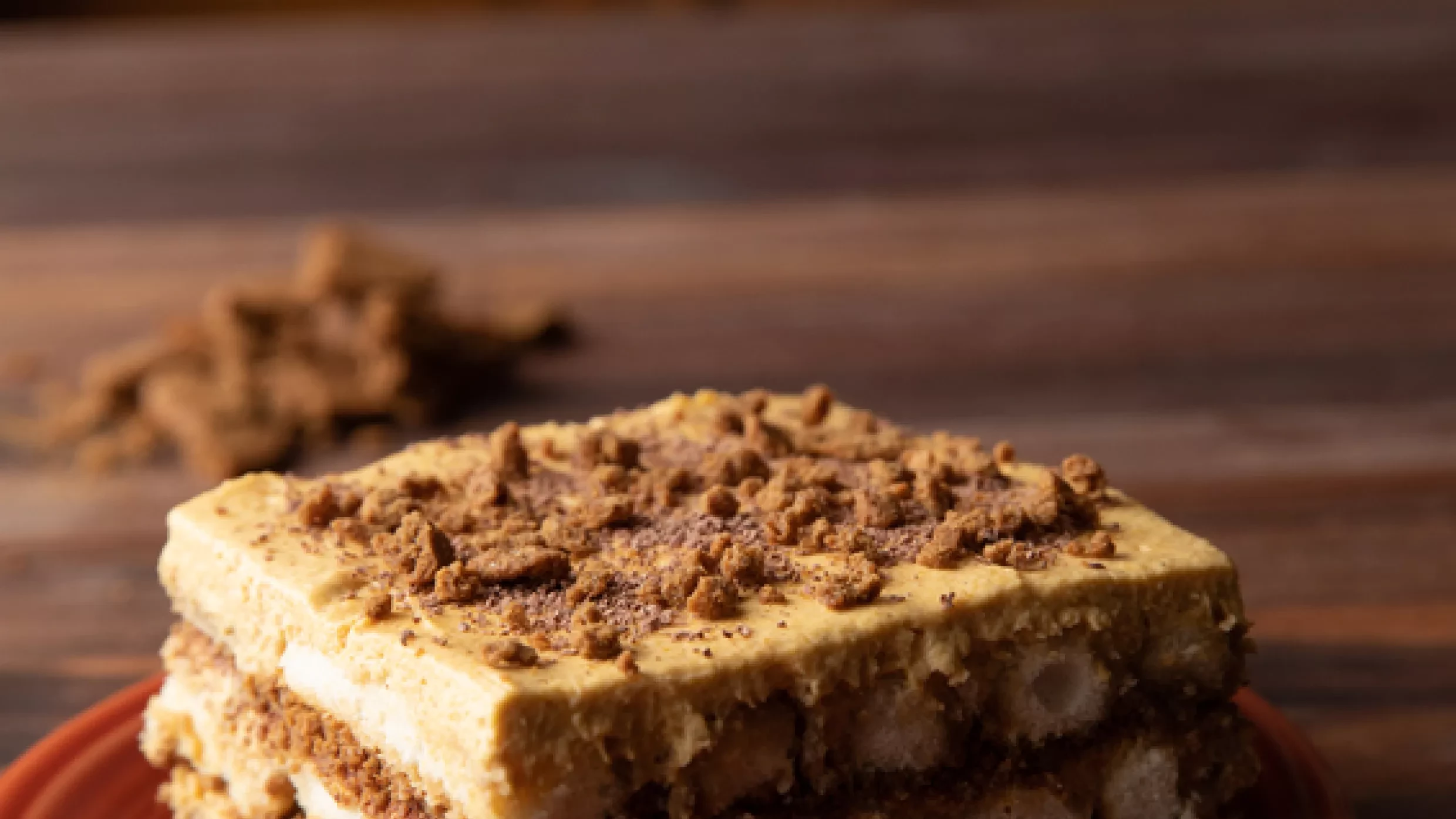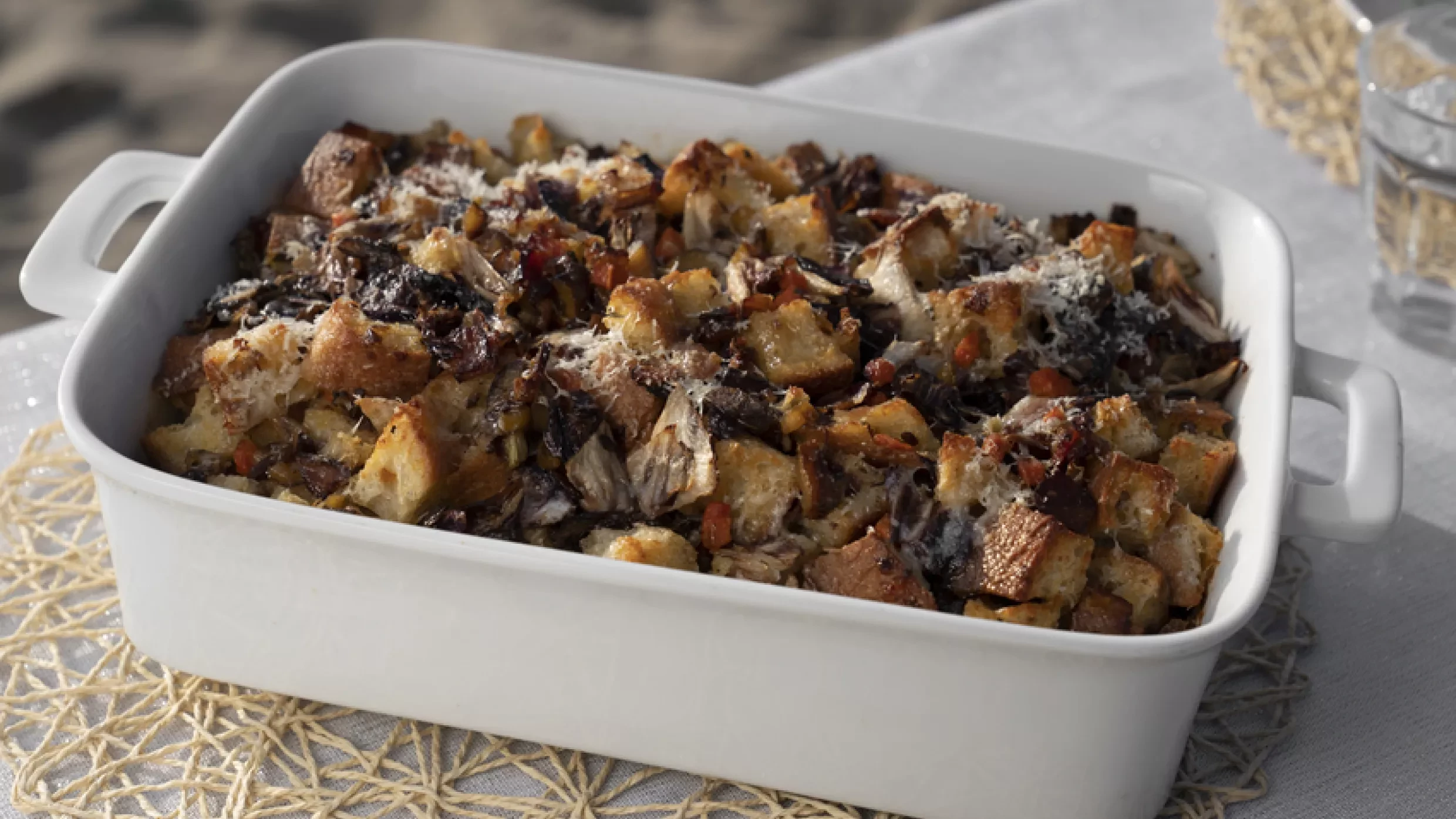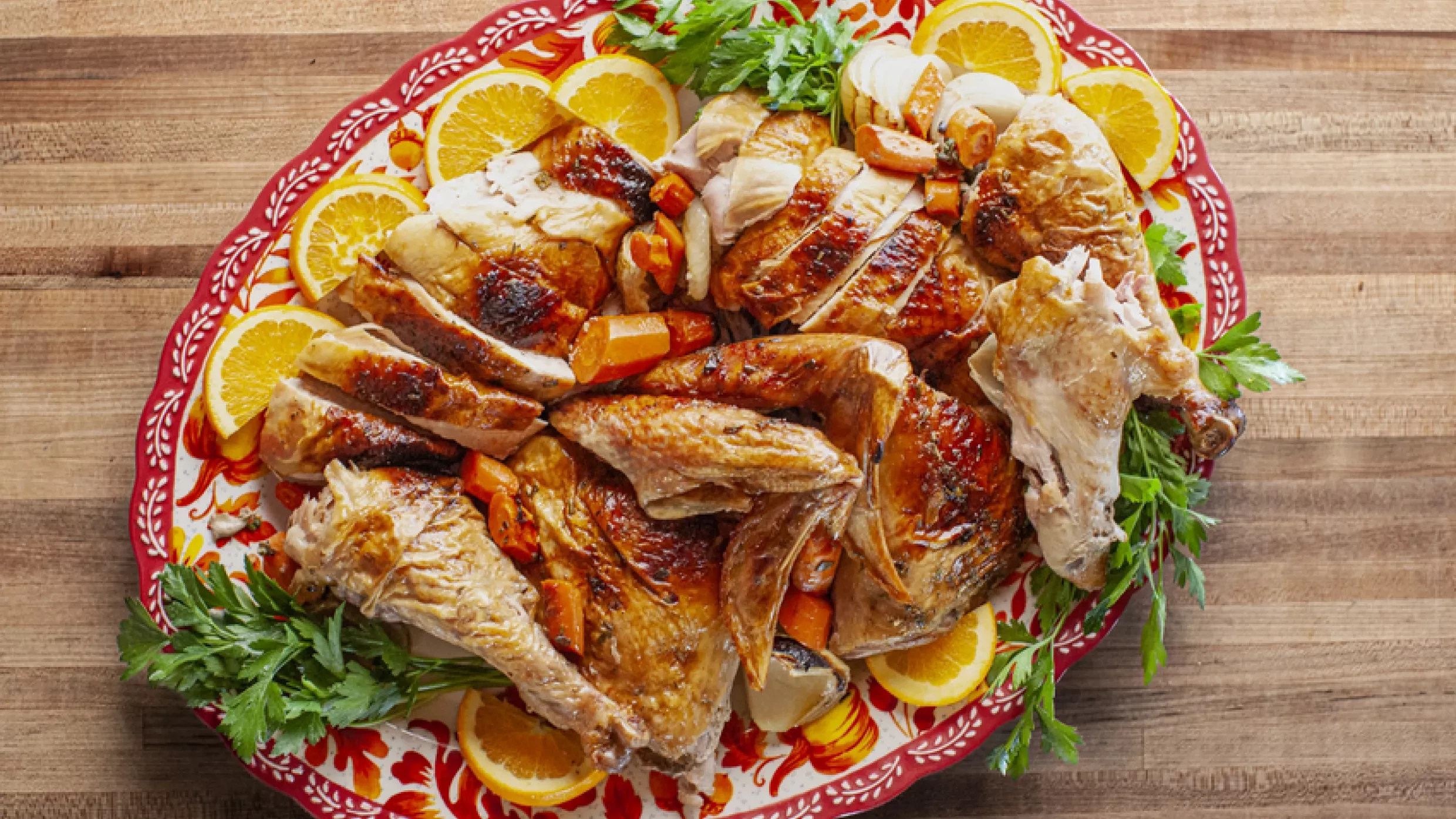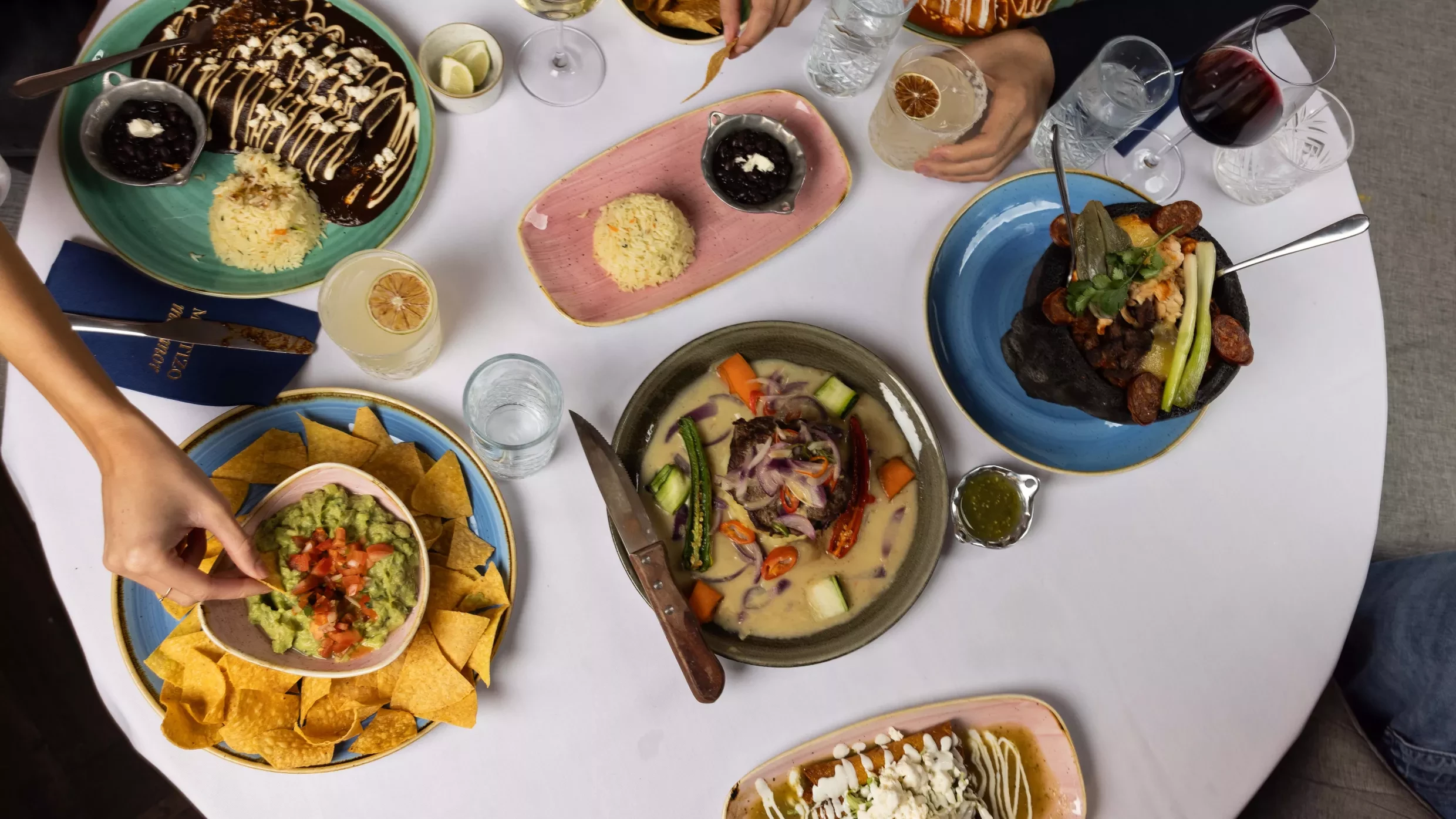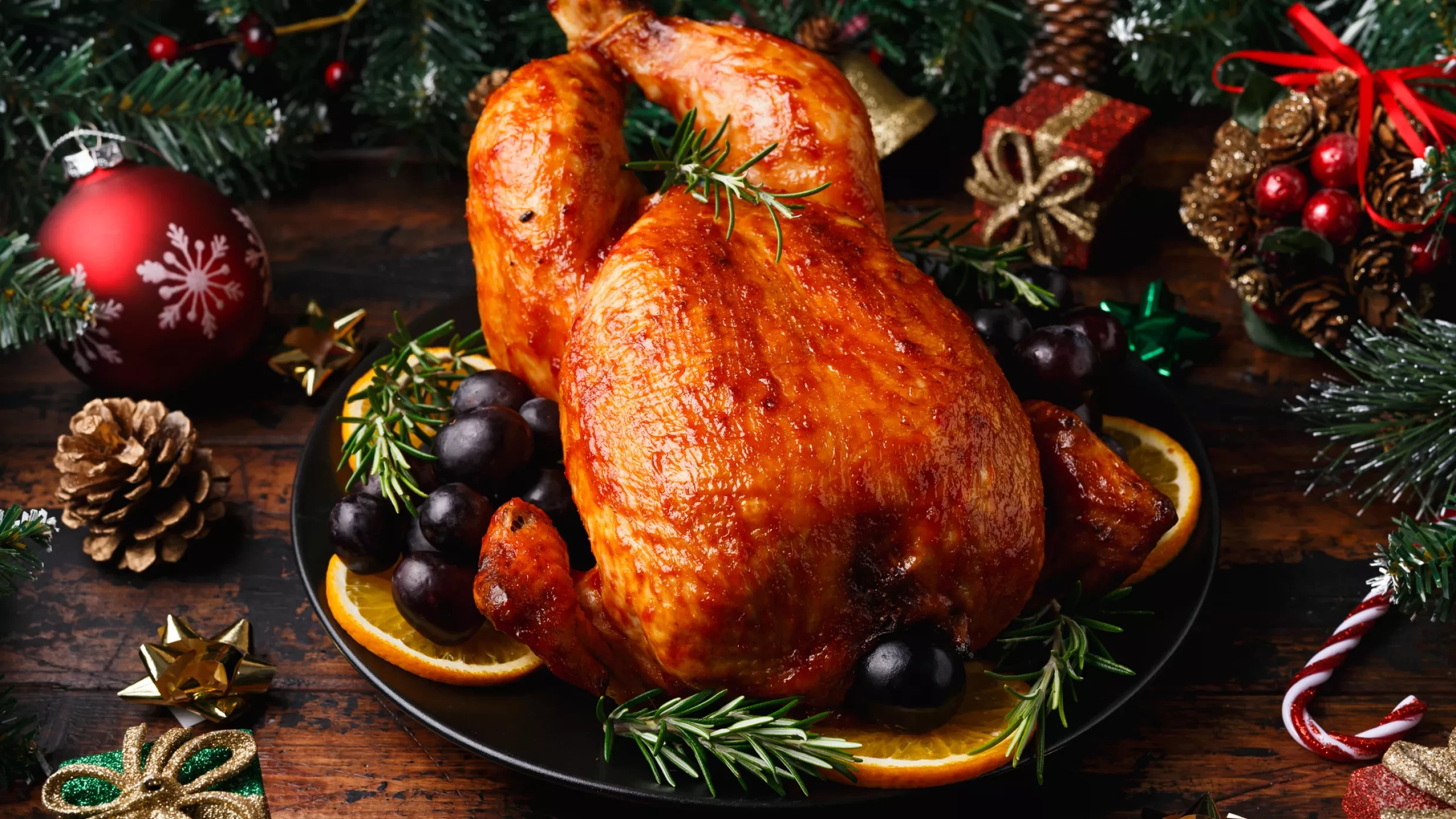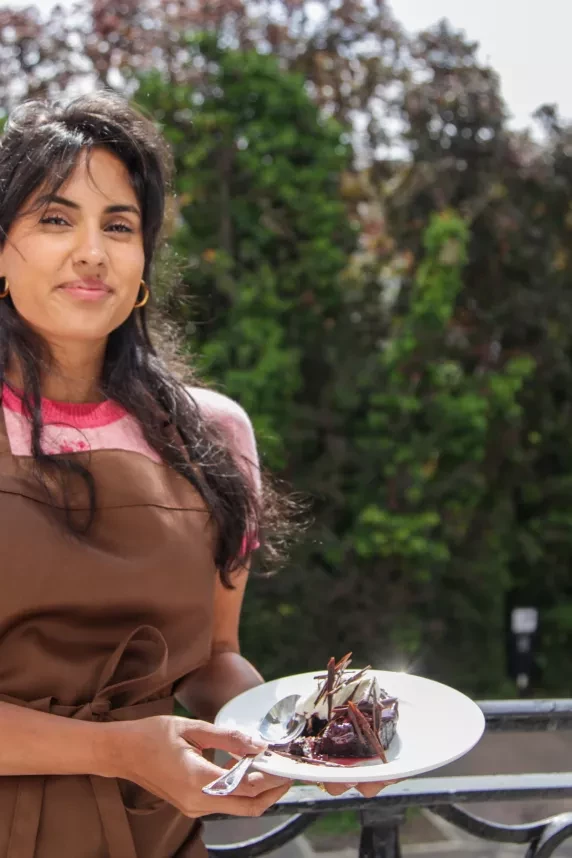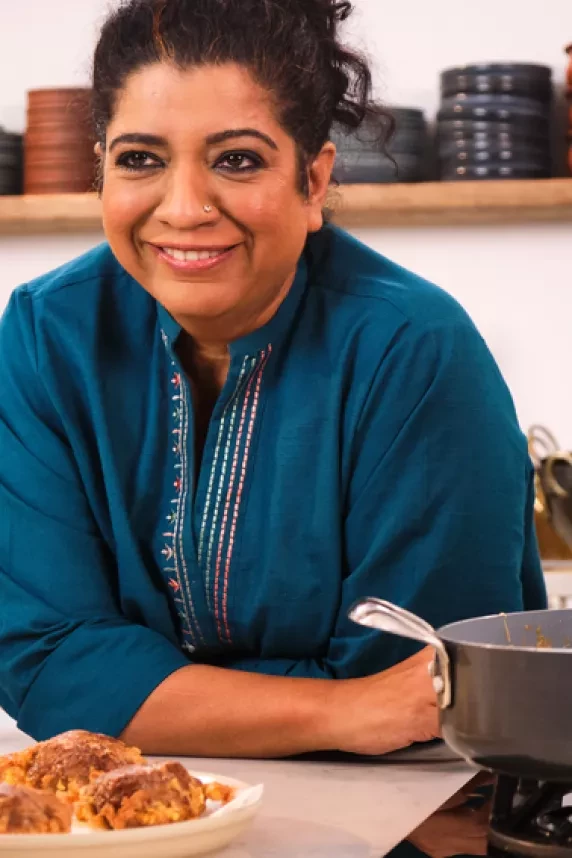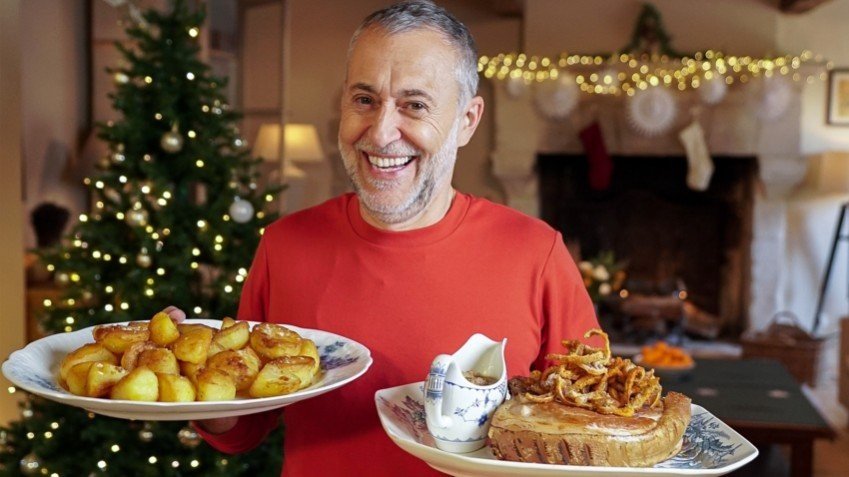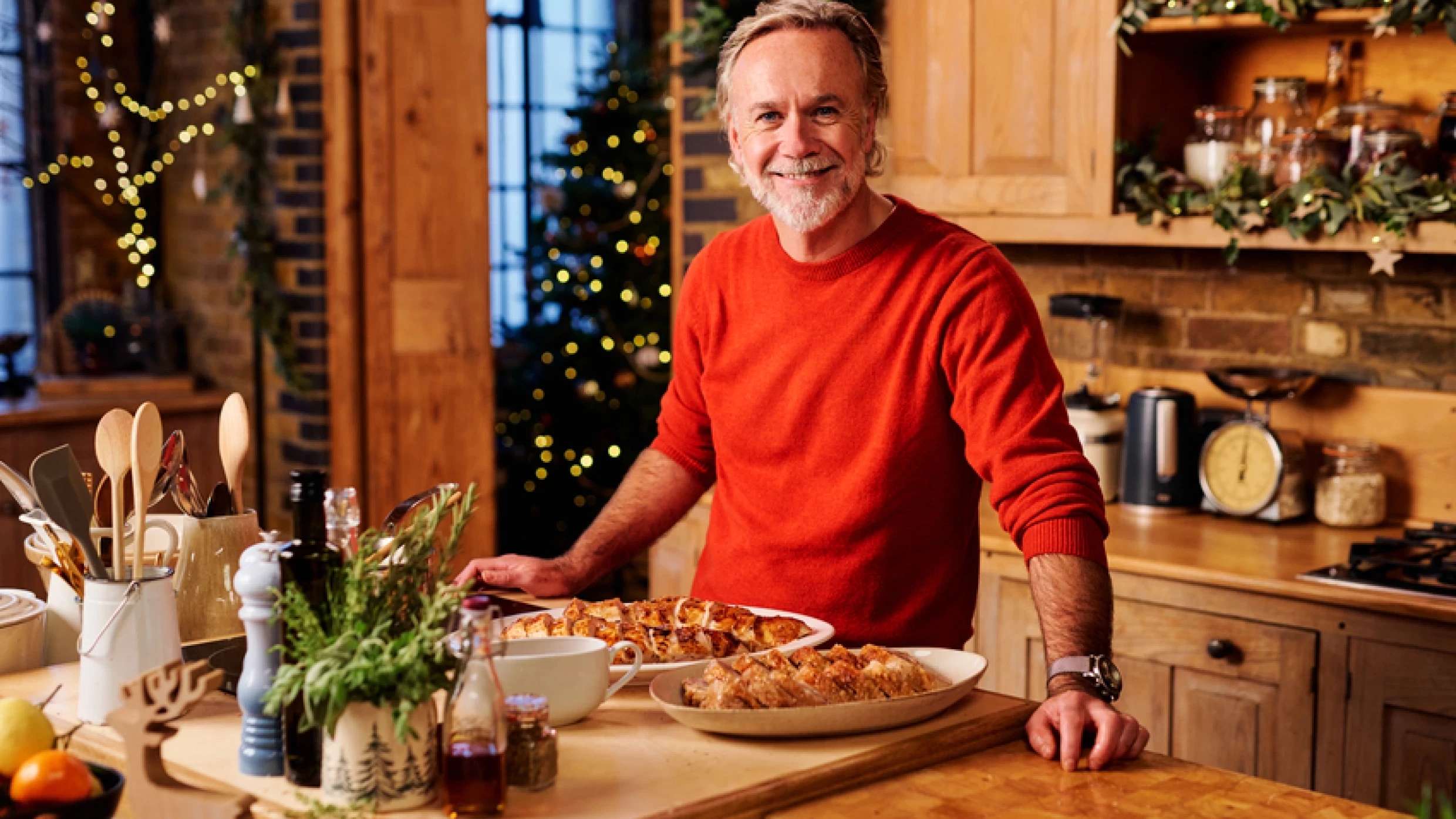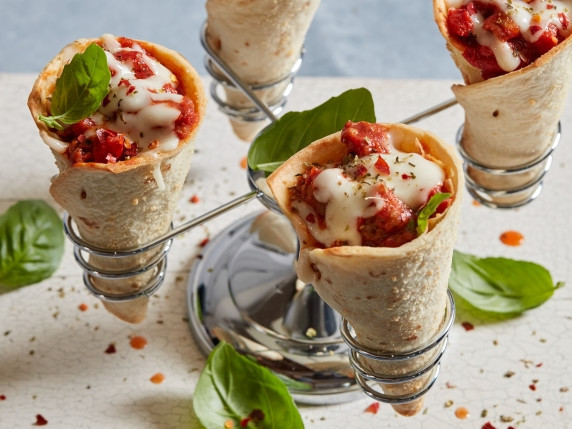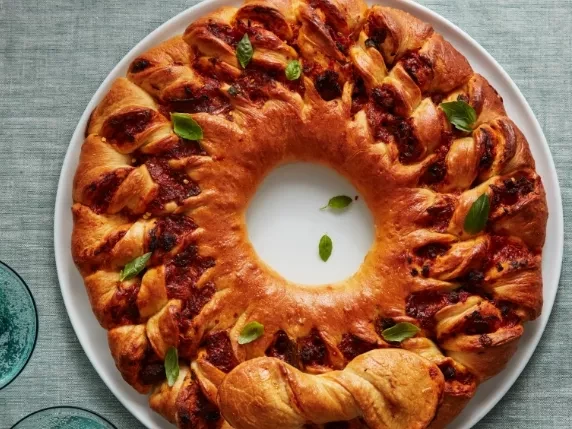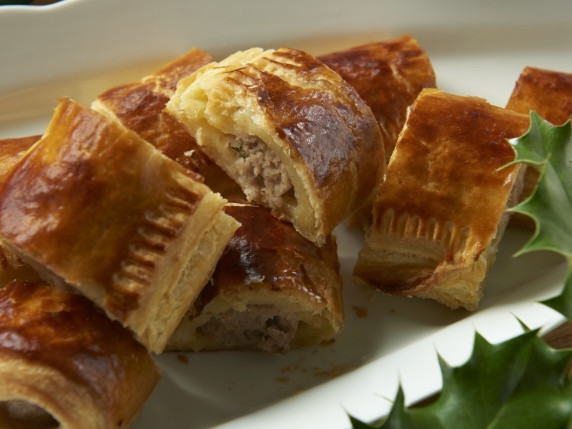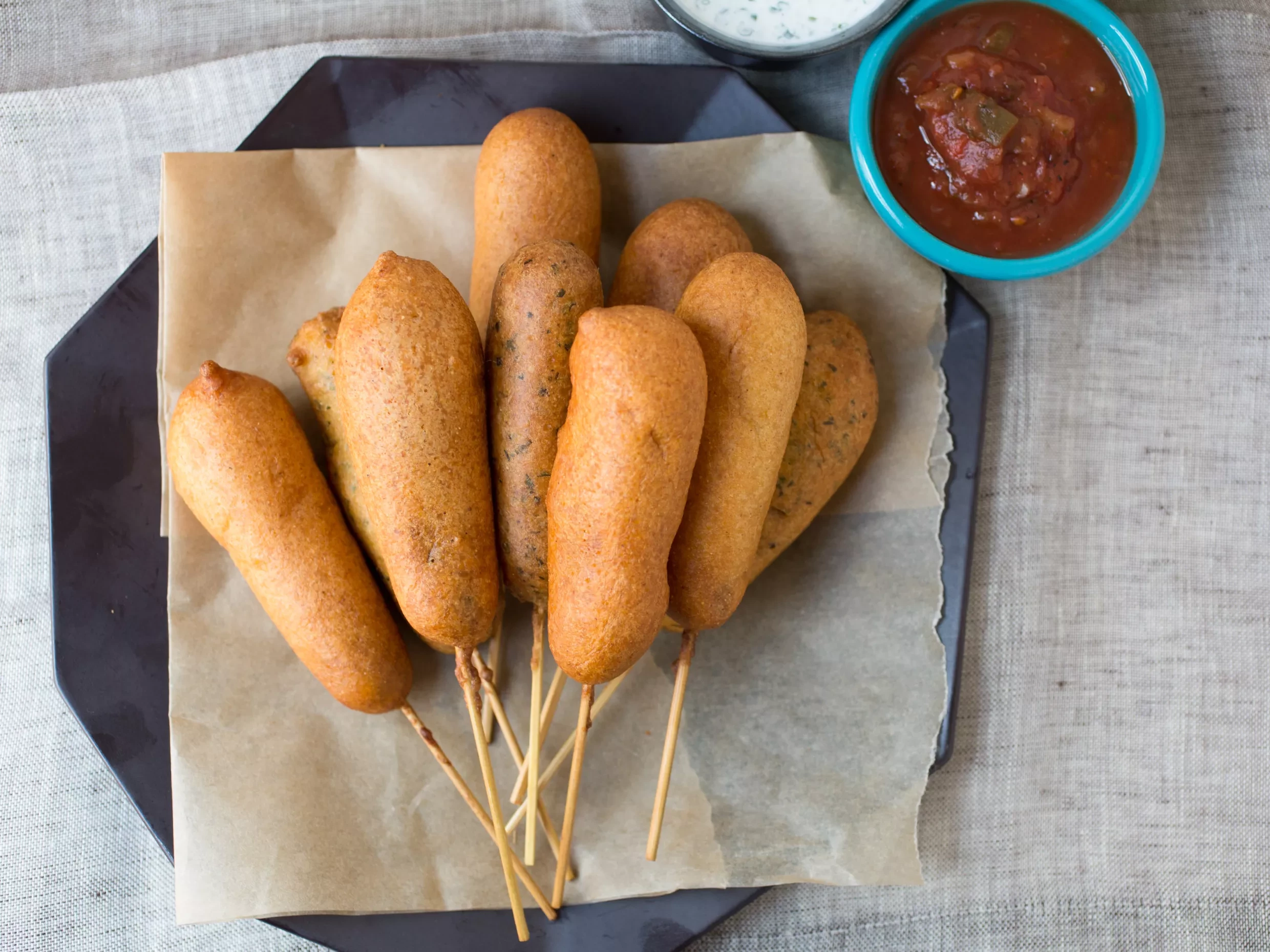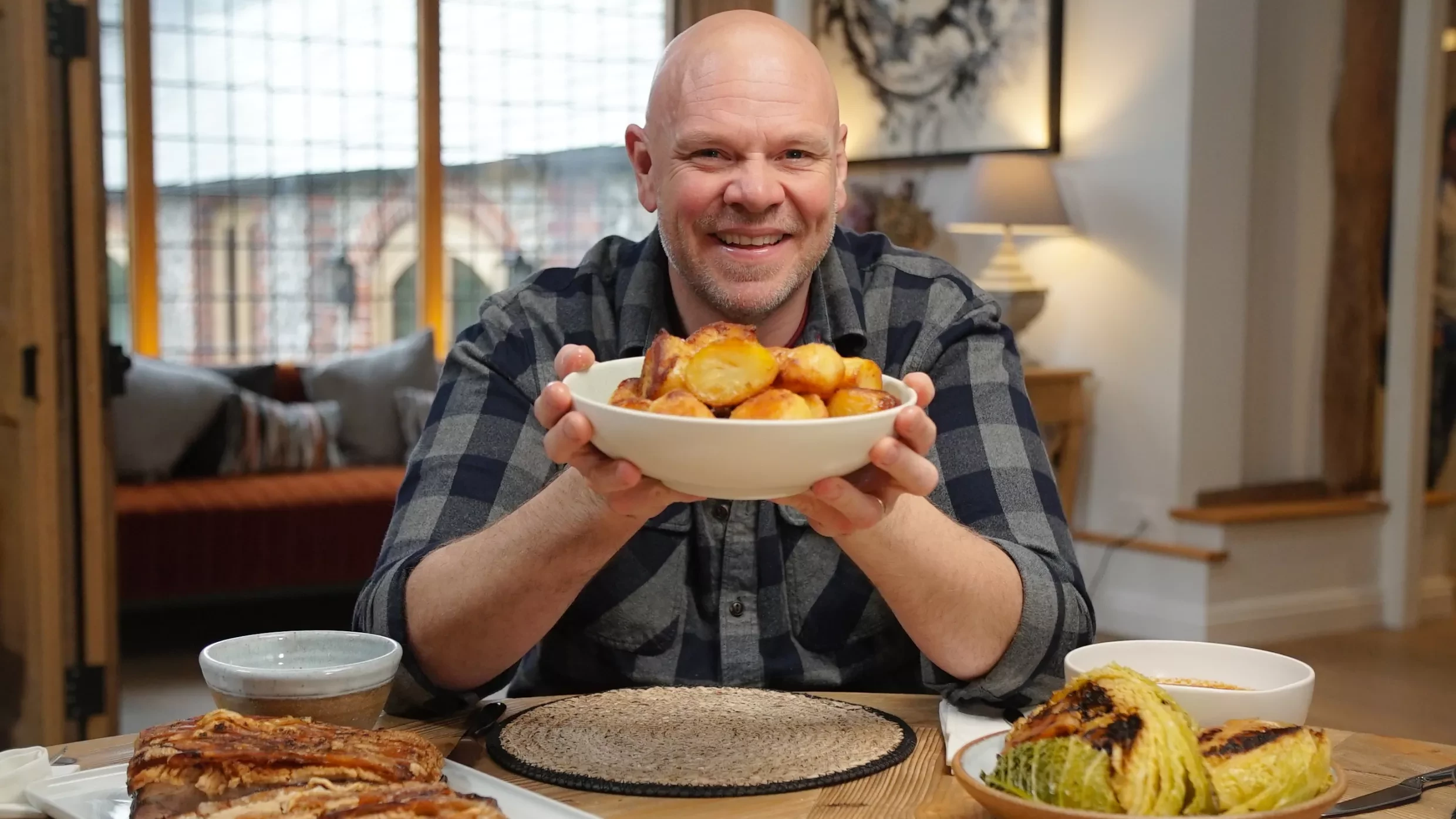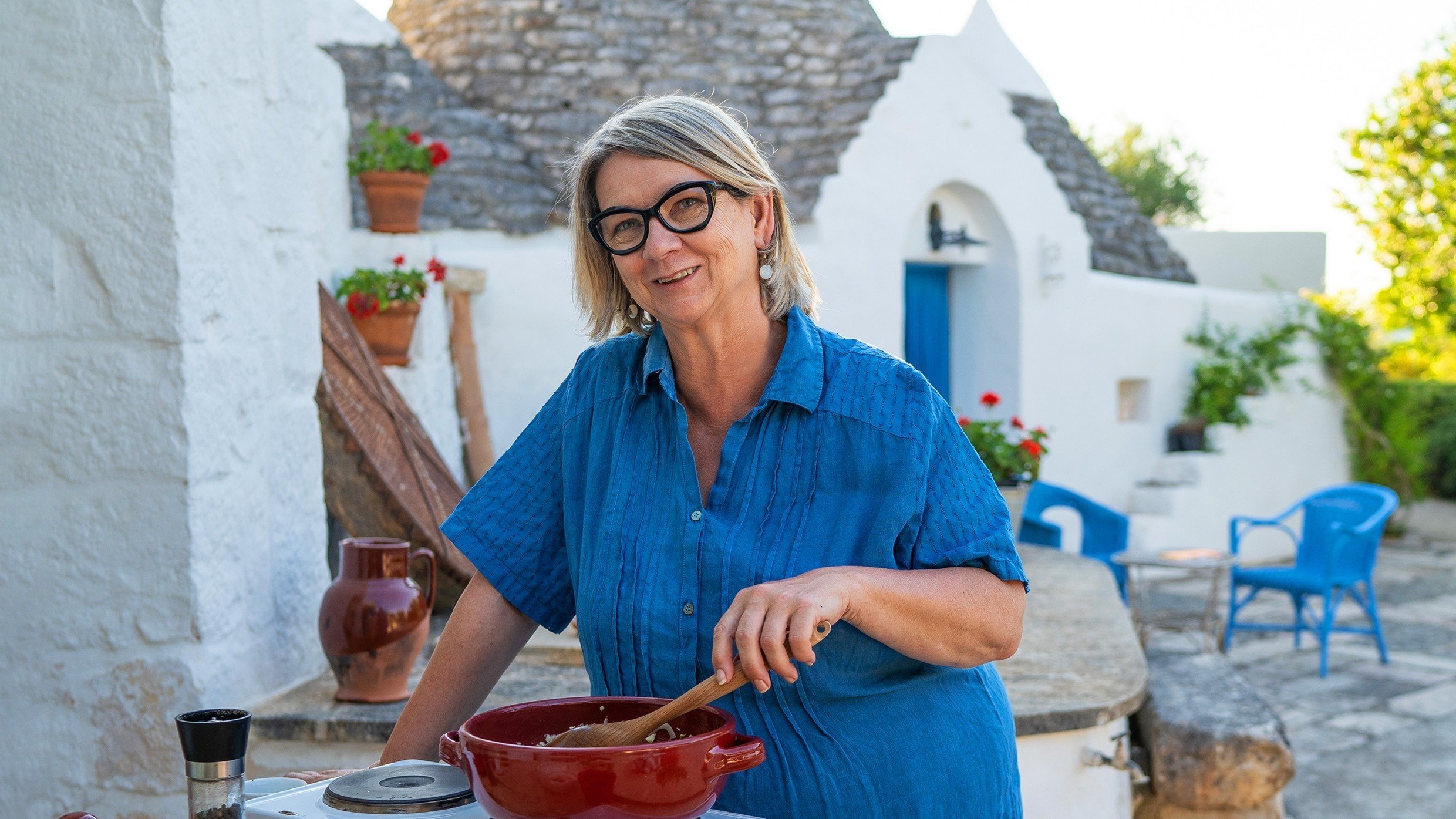Cajun chicken and sausage jambalaya

This mouth-watering recipe is ready in just 1 hour and 35 minutes and the ingredients detailed below can serve up to 10 people.

Ingredients
Method
1) Use high heat to preheat the Dutch oven. Add the sausage. Using a chef's spoon or large spoon, constantly move the sausage from the bottom of the pot. Be careful not to burn the meat. At this point you may want to drain off all of the excess grease to reduce the fat content from the dish.
2) Add the thigh meat and brown the chicken on all sides. Again, use the spoon to keep the meat from sticking and burning on the bottom of the pot. Browning the sausage and chicken meats should take 20 minutes. Be careful not to overcook the thigh meat to the point that it shreds.
3) Lower the heat to medium and add the onions and garlic; saute for about 15 minutes or until the onions are very limp and clear. Scrape the bottom of the pot to remove all the graton. This is where the jambalaya gets its distinct brown colour and taste.
4) Add the tasso, thyme, basil and black and white pepper. Simmer over low heat for 10 minutes. This will give the seasonings time to release their oils and flavors.
5) At this point, the jambalaya concentrate can be transferred to smaller containers, cooled to room temperature, covered and refrigerated for future use. (This is what we do commercially; it allows the seasonings to marry.)
6) When you are ready to cook the jambalaya, add the stock to the concentrate and bring to a rolling boil. Add the rice, reduce the heat to medium and gently break up the rice. Using the stainless steel paddle, continue to ensure that the rice is not sticking to the bottom of the pot; this is very important!
7) After about 5 minutes, fold in the parsley. Continue to scrape the pot to ensure that no rice sticks to the bottom. When the jambalaya returns to a boil, reduce the heat to the lowest possible setting and simmer, covered, for at least 25 minutes. Do not remove the cover while the rice is steaming.
The jambalaya is best when served directly out of the cast iron pot. While the rice is steaming, the sausage and meat will have a tendency to float to the surface of the jambalaya. Therefore, after the rice has steamed for 25 minutes, use the paddle to gently fold in the meat and seasonings into the cooked rice. This should only be done once or twice, as the rice will lose a lot of heat and the grains will break apart.
Cook's note: This recipe has been scaled down from its original version so that it can be more easily made.
The most important thing is to use the right equipment and I would suggest the following: a 7 1/2L cast iron Dutch oven, a high BTU gas stove and a large stainless steel chef's spoon.
For a richer jambalaya, substitute turkey stock for the chicken stock called for above. If no stocks are available, then chicken soup base can be used. Be careful with your seasoning though, as bases are usually full of salt.
Also note, I do not add salt to my jambalaya. This is because I like to use herbs, tasso and seasonings to satisfy the need for salt. I would suggest having the table set with salt shakers and a selection of hot pepper sauces.
2) Add the thigh meat and brown the chicken on all sides. Again, use the spoon to keep the meat from sticking and burning on the bottom of the pot. Browning the sausage and chicken meats should take 20 minutes. Be careful not to overcook the thigh meat to the point that it shreds.
3) Lower the heat to medium and add the onions and garlic; saute for about 15 minutes or until the onions are very limp and clear. Scrape the bottom of the pot to remove all the graton. This is where the jambalaya gets its distinct brown colour and taste.
4) Add the tasso, thyme, basil and black and white pepper. Simmer over low heat for 10 minutes. This will give the seasonings time to release their oils and flavors.
5) At this point, the jambalaya concentrate can be transferred to smaller containers, cooled to room temperature, covered and refrigerated for future use. (This is what we do commercially; it allows the seasonings to marry.)
6) When you are ready to cook the jambalaya, add the stock to the concentrate and bring to a rolling boil. Add the rice, reduce the heat to medium and gently break up the rice. Using the stainless steel paddle, continue to ensure that the rice is not sticking to the bottom of the pot; this is very important!
7) After about 5 minutes, fold in the parsley. Continue to scrape the pot to ensure that no rice sticks to the bottom. When the jambalaya returns to a boil, reduce the heat to the lowest possible setting and simmer, covered, for at least 25 minutes. Do not remove the cover while the rice is steaming.
The jambalaya is best when served directly out of the cast iron pot. While the rice is steaming, the sausage and meat will have a tendency to float to the surface of the jambalaya. Therefore, after the rice has steamed for 25 minutes, use the paddle to gently fold in the meat and seasonings into the cooked rice. This should only be done once or twice, as the rice will lose a lot of heat and the grains will break apart.
Cook's note: This recipe has been scaled down from its original version so that it can be more easily made.
The most important thing is to use the right equipment and I would suggest the following: a 7 1/2L cast iron Dutch oven, a high BTU gas stove and a large stainless steel chef's spoon.
For a richer jambalaya, substitute turkey stock for the chicken stock called for above. If no stocks are available, then chicken soup base can be used. Be careful with your seasoning though, as bases are usually full of salt.
Also note, I do not add salt to my jambalaya. This is because I like to use herbs, tasso and seasonings to satisfy the need for salt. I would suggest having the table set with salt shakers and a selection of hot pepper sauces.
Rate this recipe
Overall Rating:
4.10
(19)

